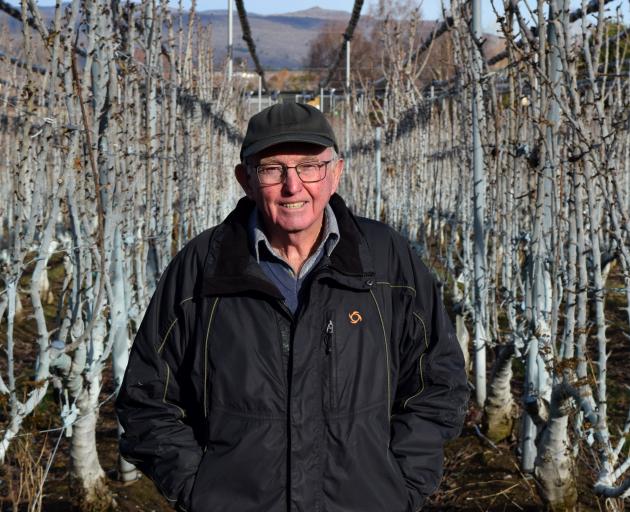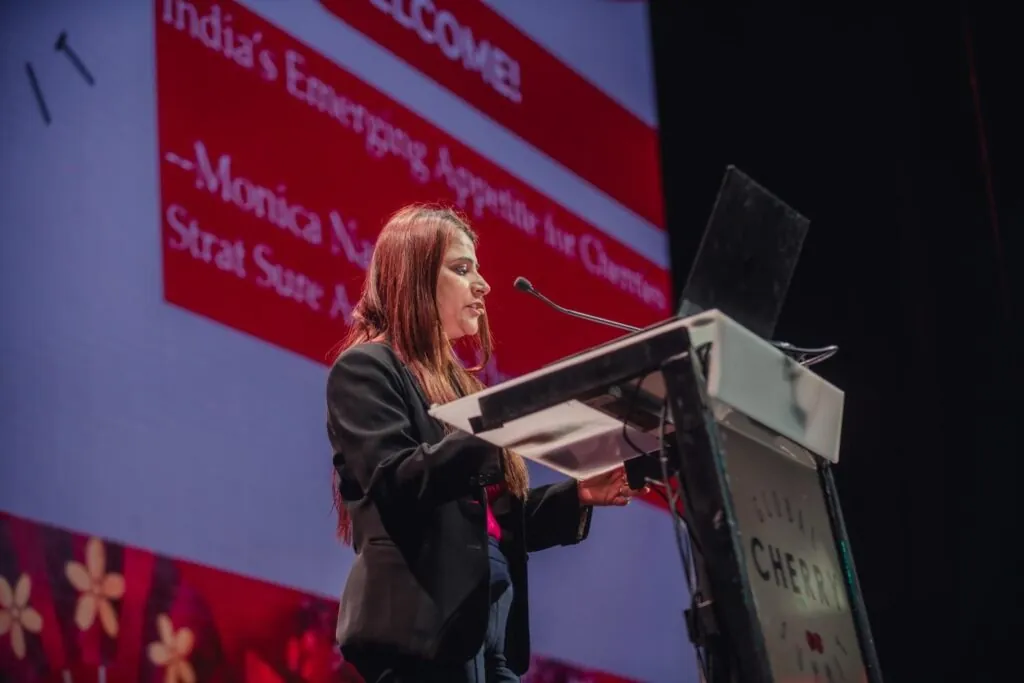
José Quero-Garcia - INRAE (FR)
Cherry Times technical-scientific committee
CrackSense: ‘High throughput real-time monitoring and prediction of fruit cracking by utilizing and upscaling sensing and digital data technologies’ (https://cracksense.eu/), was initiated in 2023.
This project, coordinated by the research institute Volcani Center (Israel), deals with Citrus, sweet cherry, pomegranate and table grape. Its ambition is to better understand and predict the complex phenomenon of fruit cracking, a major agronomic problem, at the fruit, tree and plot level.
CrackSense project relies on proximal and remote sensing technologies including 3D temperature point cloud data processed on edge unit, as well as on the production of « proxies » for ecophysiological variables (water stress, nutritional status, etc.) from UAV (drone) images.
By combining these data with satellite data and other agri-environmental variables linked to the physiological status of trees, the project will produce real-time risk evaluations of fruit cracking at the plot and regional level, in order to improve orchard management and minimize economical losses.
CrackSense consortium includes numerous public and private partners from seven countries (Belgium, France, Germany, Greece, Israel, Lithuania and Serbia). This highly multi-disciplinary initiative is based on two levels of upscaling, one at the area unit level, since it deals with experimental plots, pilot plots and commercial orchards at the regional level, and another one that the agronomic unit level, with technologies applied on fruits, trees, plots or regions.
CrackSense is organized in 6 different workpackages (WP), as illustrated in the following figure:
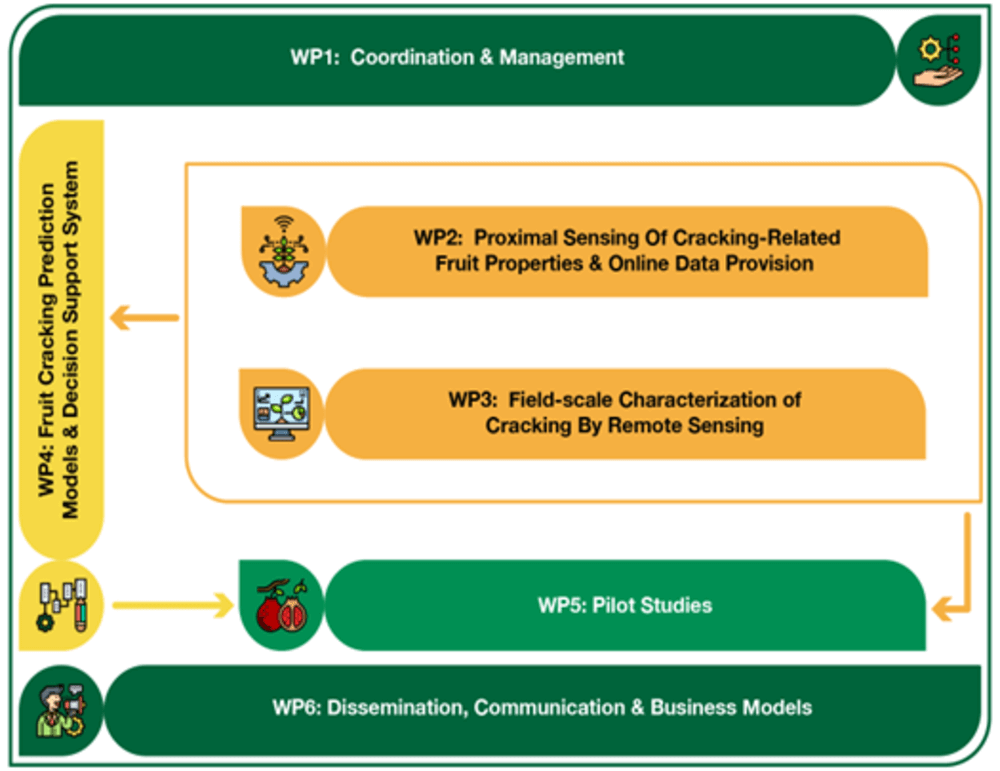 Image 1: Workflow of Working Packages (WPs) within CrackSense project.
Image 1: Workflow of Working Packages (WPs) within CrackSense project.
Concerning sweet cherries, the partners where experimental plots will be studied are located in France (INRAE) and Germany (LVGA).
At INRAE, the plant materials are a population derived from the cross between cultivars ‘Regina’ and ‘Garnet’, which has been characterized for fruit cracking for many years and within which there are hybrids both tolerant and sensitive to cracking (see https://doi.org/10.1038/s41438-021-00571-6).
At LVGA, plant materials are cultivars with different cracking susceptibility levels that are planted in pots (about 150 trees from cultivars ‘Sam’, ‘Sweetheart’ and ‘SBC232’) or field grown.
A fog chamber allows the simulation of rain and the variation of fruit surface wetness (see https://doi.org/10.1016/j.scienta.2020.109400).
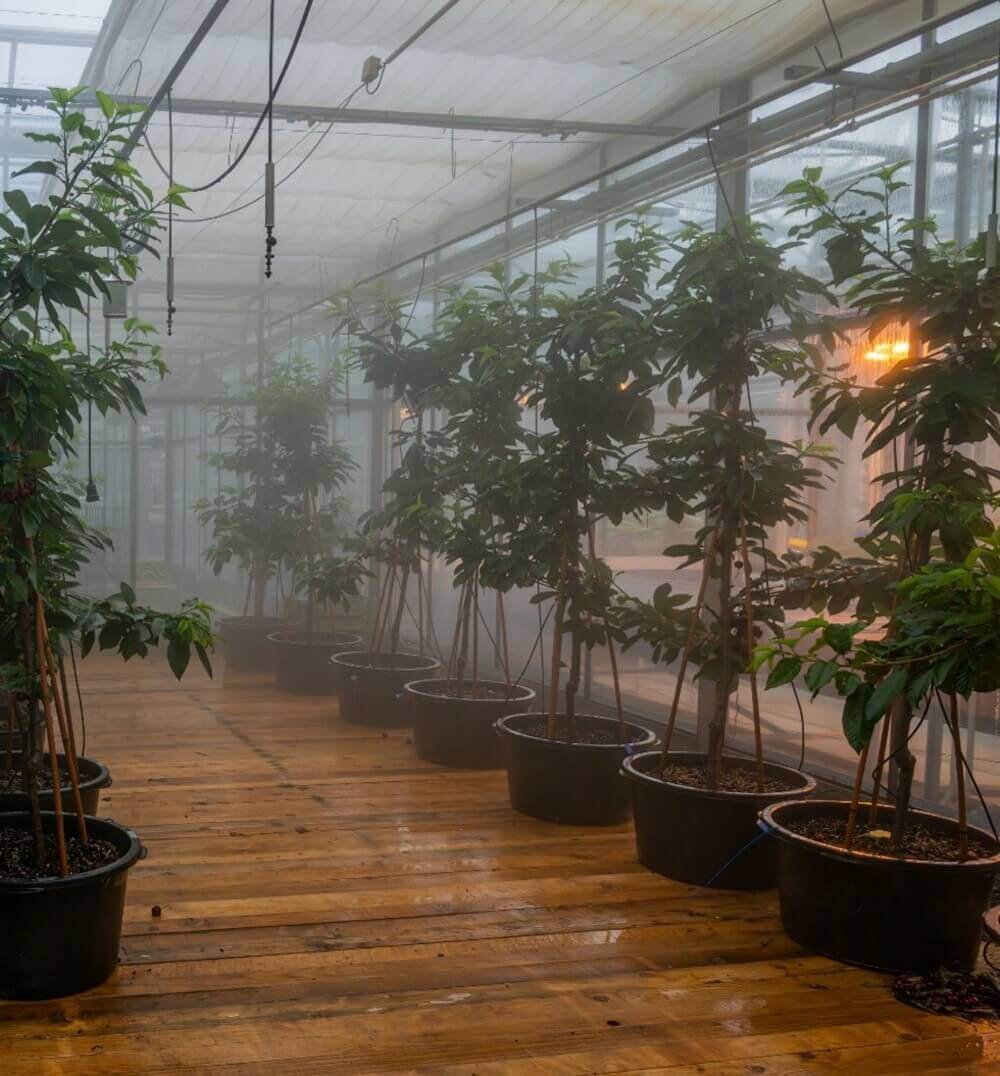 Image 2: Fog chamber to simulate rain.
Image 2: Fog chamber to simulate rain.
Within WP2, fruit temperature and wetness will be estimated by using different proximal sensors, such as LIDAR and thermal camera, which will be installed in a conveyor named terrestrial multi-sensor platform (TOMMY). Simultaneously, fruit cracking will be visually evaluated on the studied trees
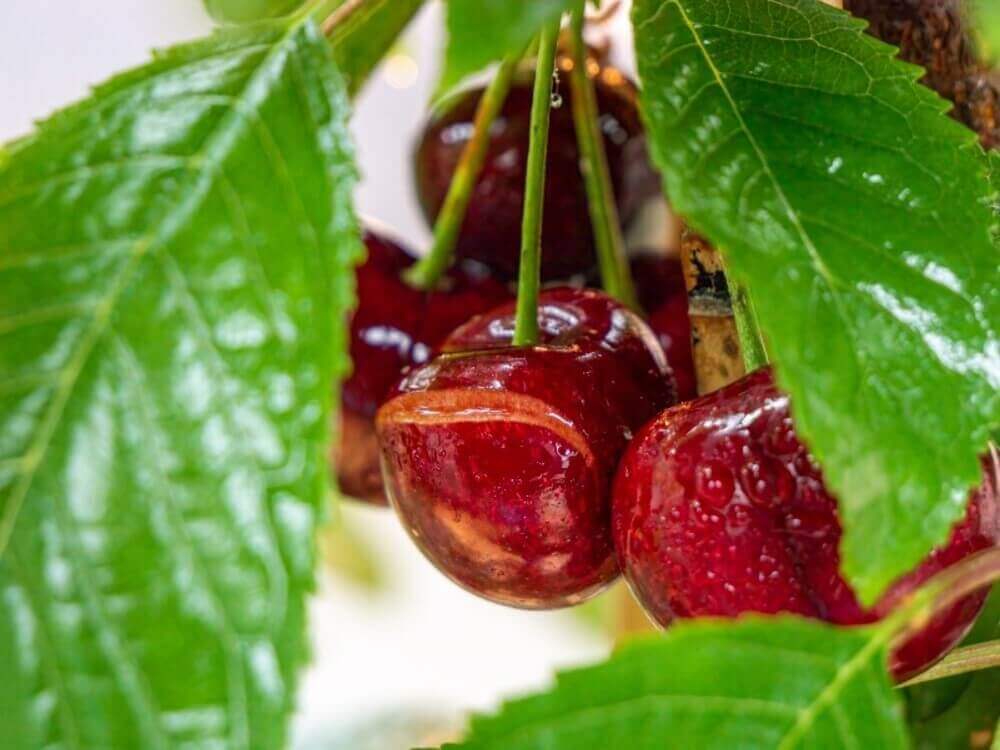 Image 3: Fog-induced cracking of fruits.
Image 3: Fog-induced cracking of fruits.
Within WP3, we will conduct, on the same plots, ground-based measurements to estimate the spatial and temporal environmental variables effect on cracking intensity. Moreover, remote sensing, including active and passive sensing-based UAV, will be used to assess tree health and estimate cracking-associated yield loss.
All the generated data will be processed and analyzed within WP4 in order to develop fruit cracking prediction models and decision support systems.
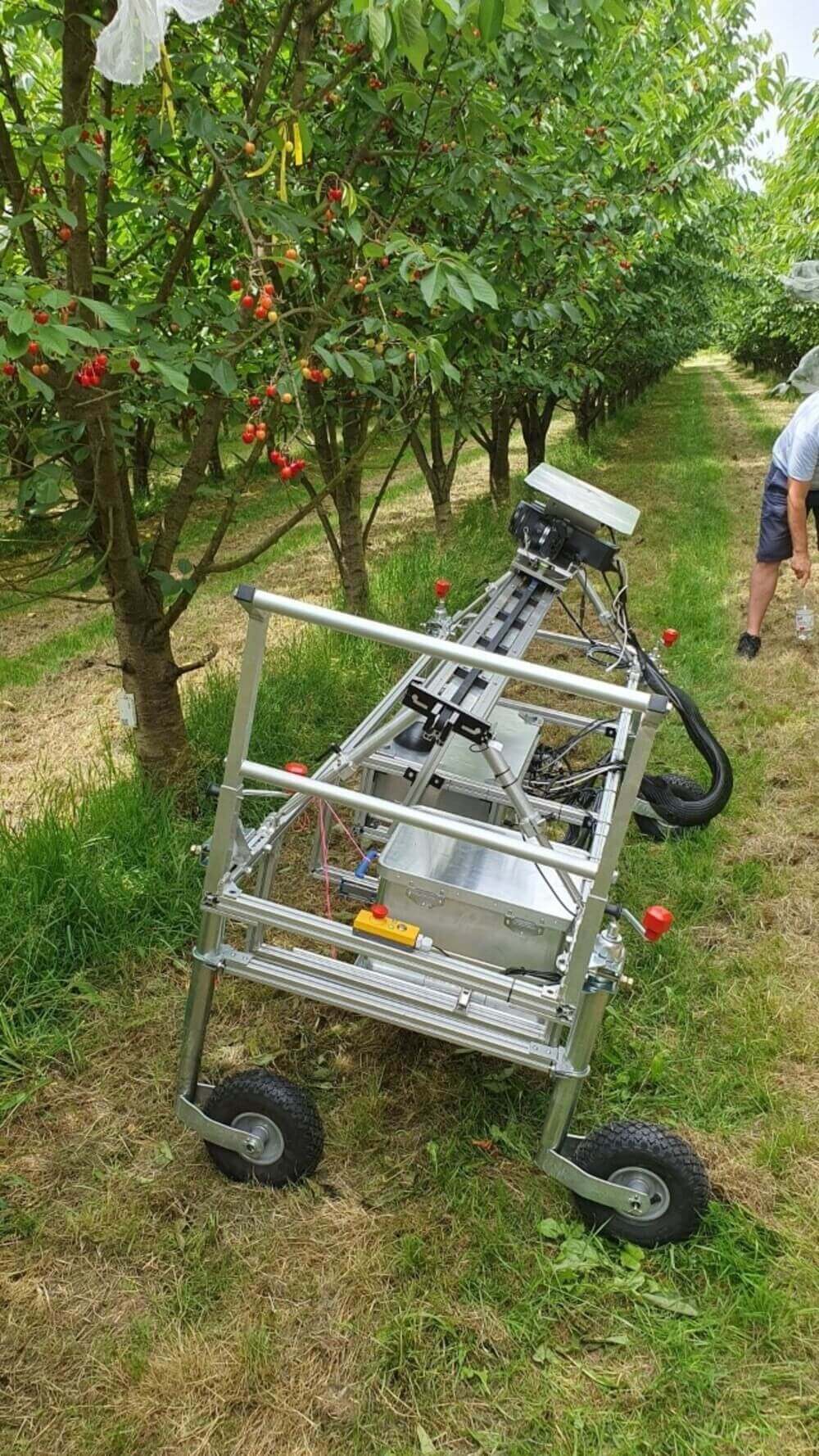 Image 4: First measurements with TOMMY at the site of Toulenne (INRAE- Bordeaux).
Image 4: First measurements with TOMMY at the site of Toulenne (INRAE- Bordeaux).
Pilot plots will be studied in a second phase of the project both in France (Ctifl) and in Lithuania (ART21) within WP5, with two objectives: implement successful treatments for cracking mitigation and upscale previously described sending tools for monitoring cracking intensity at the plot level in relation to spatiotemporal variability and tree health.
Cherry Times - All rights reserved










